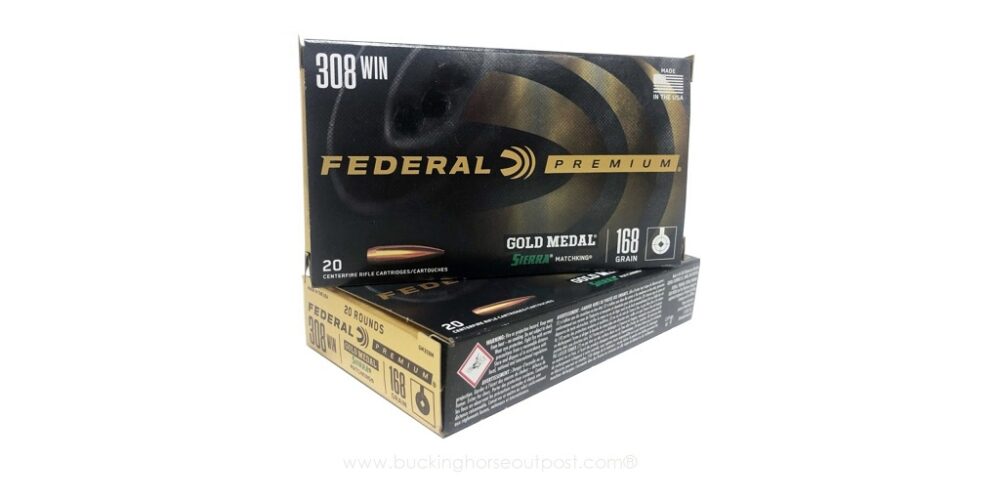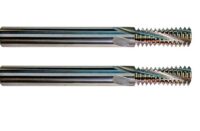The smallest aberrations in the quality of ammo can throw a serious wrench in accuracy, especially at ranges greater than 100 yards.
Naturally, we also need to consider shooter discipline, trigger-finger habits, breathing control, rifling, and barrel length, but ammo matters here.
One prime determinant of accuracy is a bullet’s radial symmetry, which is heightened in match grade, open-tip ammo like Federal Gold Medal Match.
Here’s what you need to know.
The Secret of OTM Ammo
Spin-stability has a serious impact on accuracy in firearms. Even a patched round ball will prove fairly accurate from a muzzleloader with the appropriate rate of twist and barrel length if the bore is rifled.
Spin-stability can be improved by shooting spitzer bullets (bullets with a pointed nose) that are precision-made for symmetry and balance.
Radial symmetry – that is, how symmetrical a bullet is around its entire radius, is a key driver here.
It goes like this. You want the bullet’s dimensions to be exactly precise around the entire radius; so that any line drawn from the center of the bullet’s nose would correspond with the characteristics of another line drawn out towards the radius in terms of bullet dimension, mass density, thickness, and so on and so forth.
If there is a portion of the bullet’s jacket that is, for instance, slightly heavier or thicker than a point on the other side of the bullet, when the bullet is spun through the bore, it will not spin evenly in flight, and accordingly, accuracy will degrade.
The higher the degree of symmetry around a bullet’s radius, the better it will respond to spin-stability from the rifling of the bore.
Open-tip match ammo, or OTM ammo (sometimes referred to as hollow point even though it really isn’t) exhibits superior spin-stability than full-metal jacket ammo.
This has to do with the nature of the manufacturing process. When an FMJ bullet is made, the core is swaged to shape and then dropped in a jacket cup made of copper gilding metal.
The jacket is drawn down from the nose and pressed around the base of the bullet, leaving it open.
With open-tip match ammo, the process is the reverse. The jacket is drawn up from the base of the bullet, around the sides, and closed off at the nose, leaving a small void (and hence the reason that it is sometimes referred to as hollow point).
This process is much more precise and produces bullets that are highly radially symmetrical, and which consequently are much more accurate at greater ranges. This is one of the main reasons that OTM ammo is so highly sought after by competition shooters (and why it is so expensive).
Just note this: despite the fact that it is “hollow point,” this is not a good type of ammo for hunting or other sporting applications.
The engineers and ballisticians only care that the bullet is highly accurate and gets to the target as intended. After that – past impact – they don’t care. These bullets are not designed for optimal penetration or disruption, making them pretty useless for hunting.
Admittedly, there are probably hunters out there that have dispatched game with match-grade long-range ammo (it is accurate, and shot placement is more important than the bullet or caliber, after all) but all things considered, there are much better options.
Where Can You Get Federal Gold Medal Match Ammo Online?
Looking to save on Federal Gold Medal Match ammo? Or is your local shop out of match-grade long-range ammo?
Visit Bucking Horse Outpost online. They carry this and other high-quality match-grade ammo as well as a ton of bulk deals and police trade-in specials.












